
Patients who receive certain cancer treatments are at greater risk of secondary malignancies and must be educated accordingly.

Patients who receive certain cancer treatments are at greater risk of secondary malignancies and must be educated accordingly.
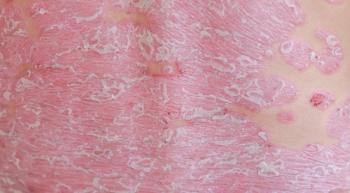
Hair, skin, or nail reactions commonly occur in patients treated with immunotherapy and targeted therapy for cancer.
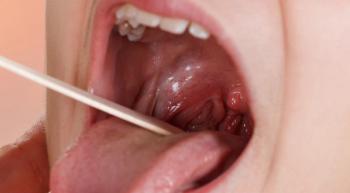
Light therapy can be used to prevent oral mucositis in patients with cancer, according to one expert.

CLR 131, a targeted, molecular radiotherapy, showed a 33% overall response rate in patients with diffuse large B-cell lymphoma.

Oncology nurses shouldn’t be concerned if patients with non-small cell lung cancer experience skin toxic effects after immunotherapy.
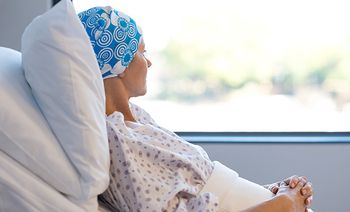
Investigators improved the rate of patients being screened to over 68% for distress and supportive care needs by using a patient-reported tool.

Healthcare providers should not base cancer care with immune checkpoint inhibitors on gender, according to recent study findings.

Sexual health is an important issue that nurses should discuss with their patients.
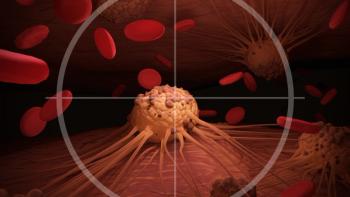
Half of patients diagnosed with advanced non-small cell lung cancer were alive 6.8 years after diagnosis, according to new study findings.

Younger patients with breast cancer who had lumpectomies reported higher quality of life (QOL) than those who underwent mastectomies, according to results of a survey of 560 women.
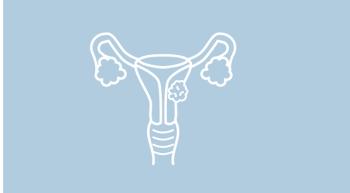
A recent review of data found that 79% of patients with ovarian cancer felt uncomfortable raising psychological and emotional concerns during their consultations.

In a phase 1 clinical trial, researchers injected a genetically altered version of the poliovirus into glioblastoma tumors.

Estimates find that 10-64% of patients experience financial hardships related to the cost of medical care.

A clinically meaningful overall response rate was experienced by people with chronic graft versus host disease.

Training staff and educating patients can increase compliance and prepare for potential adverse events.
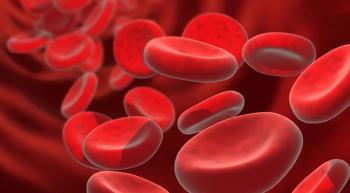
Patient-reported outcomes allowed oncology nurses to better support patients’ needs.
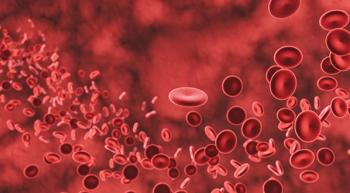
Findings from a phase III randomized clinical trial offer new hope to some patients who have advanced myelofibrosis.
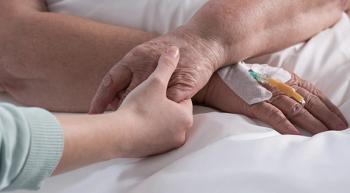
The American Society for Radiation Oncology released an updated guideline which states that some patients with incurable non-small cell lung cancer should receive concurrent chemotherapy along with palliative thoracic radiation therapy.

A new book delves into re-creating life after leaving a traditional nursing job.

One out of three men with breast cancer does not receive adequate treatment, according to results of a global study which were published in Annals of Oncology.

Researchers developed the Head and Neck Survivorship Tool: Assessments and Recommendations (HN-STAR) to crunch patient-reported data and generate survivorship care plans to help those patients self-manage their care. Their study found that these plans could improve post-treatment care.

Blueberries are known as a "superfood" because of the rich essential vitamins and minerals they provide. Research now shows they may also help to treat cancer.

The duo of lenalidomide (Revlimid) and rituximab (Rituxan) is a combination that is feasible, safe and active as initial and maintenance therapy for use in patients with mantle cell lymphoma, according to a new study.

New trial results represent the first successful effort in more than 30 years to imrove outcomes of first-line treatment in patients with advanced Hodgkin lymphoma (HL).

In an interview with Oncology Nursing News, the assistant professor at the Yale School of Nursing discussed a new standard of care with immunotherapy, common side effects, and why patients sometimes withhold information from their healthcare team.
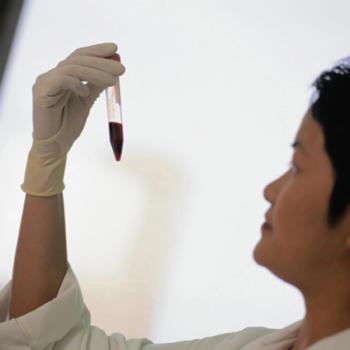
Current diagnostic measures for ovarian cancer are not extremely reliable. In an effort to diagnose the disease earlier, researchers are working on a blood test that can detect ovarian cancer

Cyclin D–dependent kinase (CDK) 4/6 inhibitors have proven to be effective treatment in patients with hormone receptor-positive HER2-negative metastatic breast cancer. But, much like many cancer therapies, there are challenges when it comes to toxicity.

Overall, 159 of the 427 tanning salons were out of compliance, and most of them were in rural locations and southern regions of the United States. Additionally, this was more common in independently owned salons, in states with younger age groups being regulated and in states with more than one tanning regulation.

The PRISM intervention improved psychosocial wellbeing in younger patients with cancer.

Improved treatment and early detection mean fewer women in the United States are dying from breast cancer, according to a study released by the American Cancer Society (ACS) that examined trends in the disease.

Published: March 4th 2025 | Updated:

Published: September 28th 2016 | Updated:

Published: October 26th 2016 | Updated:

Published: November 3rd 2016 | Updated:

Published: November 18th 2016 | Updated:

Published: December 1st 2016 | Updated: